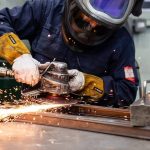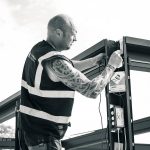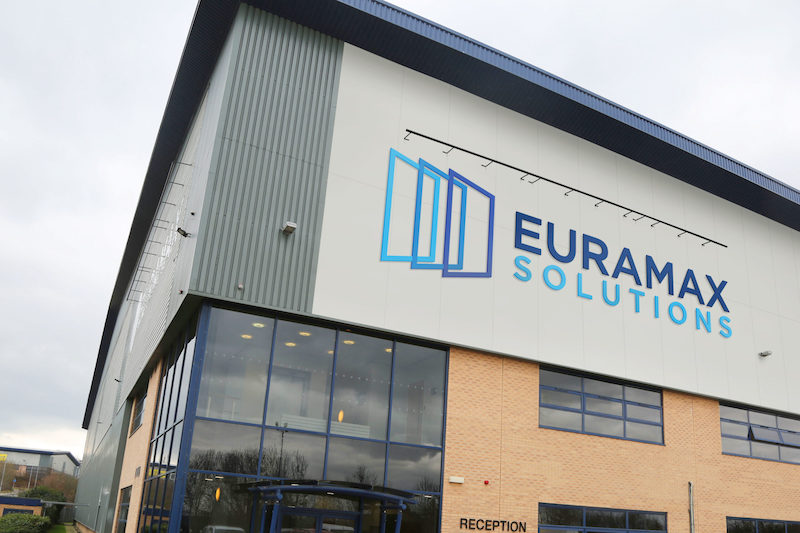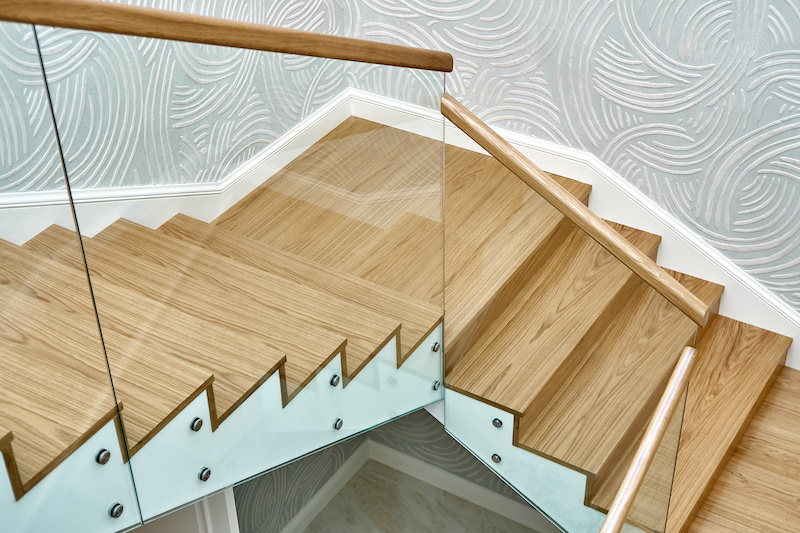Two cladding systems pass fire safety test
Two wall cladding combinations tested as part of the government’s series of large-scale fire safety tests following the Grenfell Tower disaster has passed and meets current Building Regulations guidance.
The tests are designed to see how quickly a fire spreads up a wall by starting a fire at the bottom of a nine-metre high model wall to see how quickly the fire spreads upwards.
The fourth test was of a wall cladding system consisting of aluminium composite material (ACM) cladding with a fire resistant polyethylene filler (category 2 in screening tests) and stone wool insulation (a form of mineral wool).
This fifth test was of a wall cladding system consisting of ACM cladding with a limited combustibility filler (category 1 in screening tests) with PIR foam insulation.
There are 13 buildings over 18ms tall in England that are known to have the fourth type of combination of ACM with a fire resistant polyethylene filler (category 2) and stone wool insulation.
The government released a statement after the fourth cladding combination passed the safety test saying “the results show that this combination of materials can be compliant with current Building Regulations when installed and maintained properly. It could therefore offer a possible solution for some buildings with other cladding systems which have been identified as a hazard.”
It added: “However the Expert Panel note that cladding and insulation materials can vary between manufacturers and can have different calorific values. The way materials have been fitted and maintained can also affect the safety of the cladding system.
“Therefore the clear advice from the Expert Panel is that building owners need to continue to take professional advice as to whether any remedial work is necessary to ensure the safety of their building.”
















